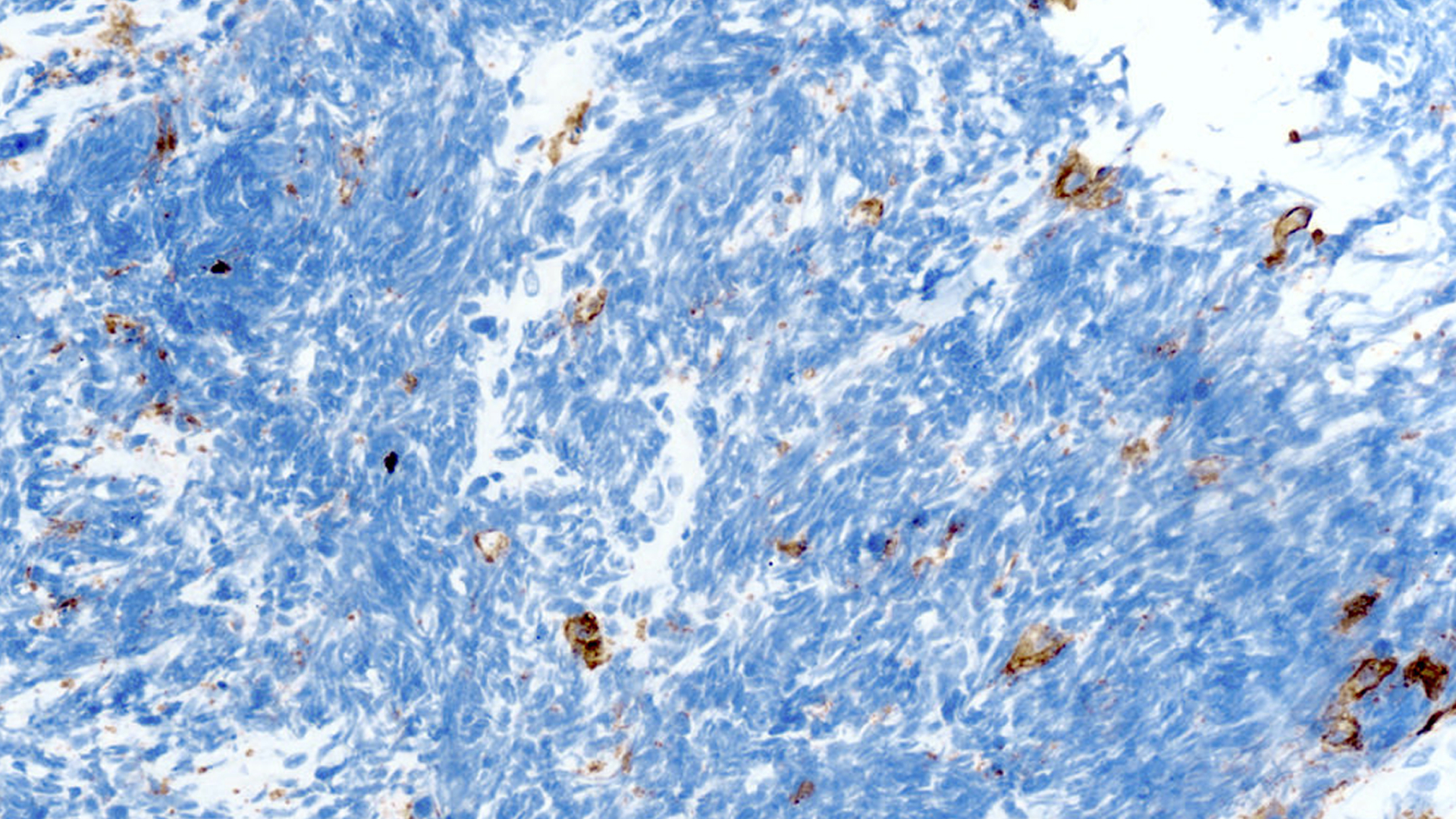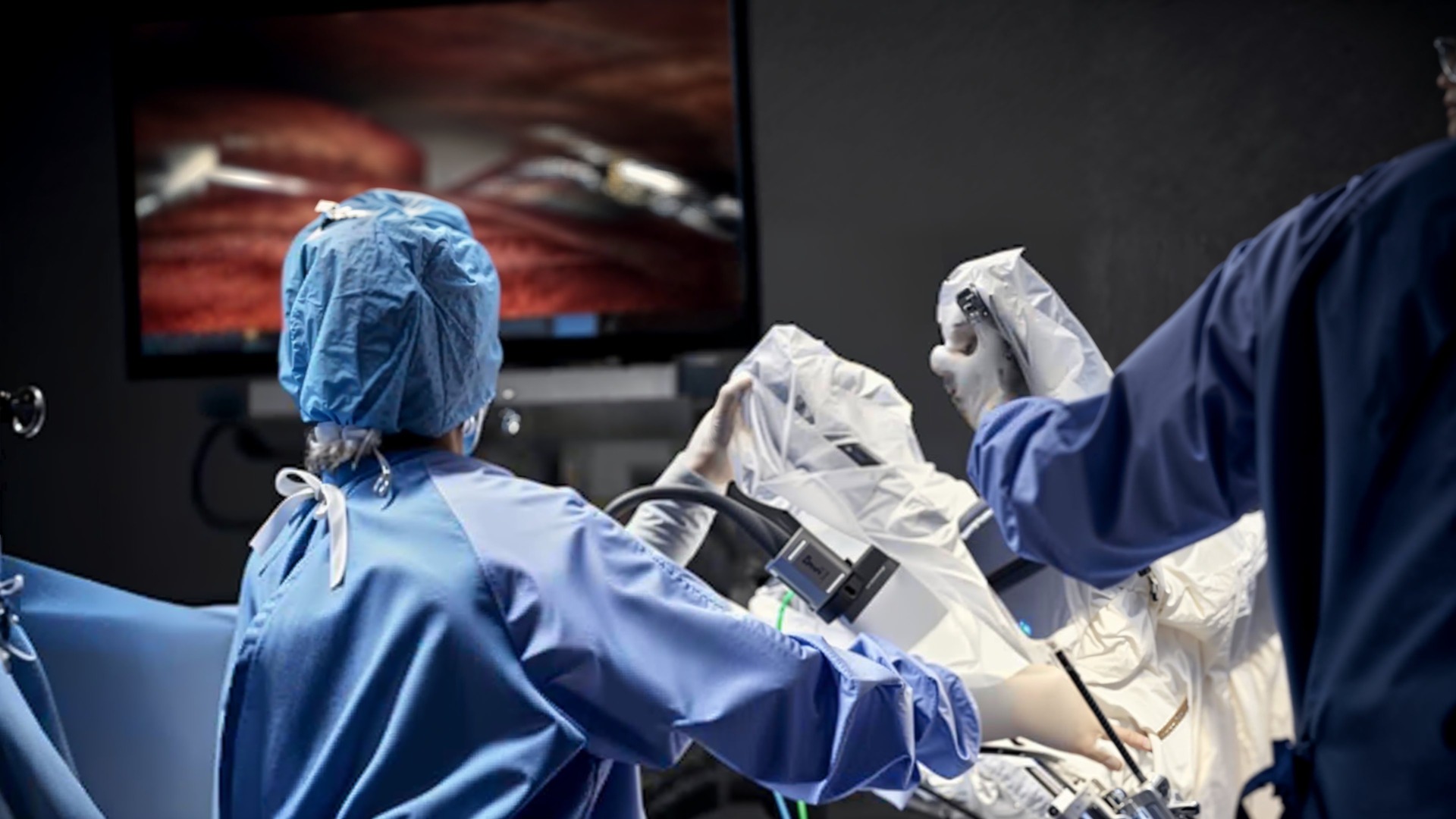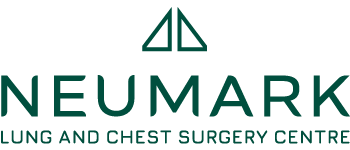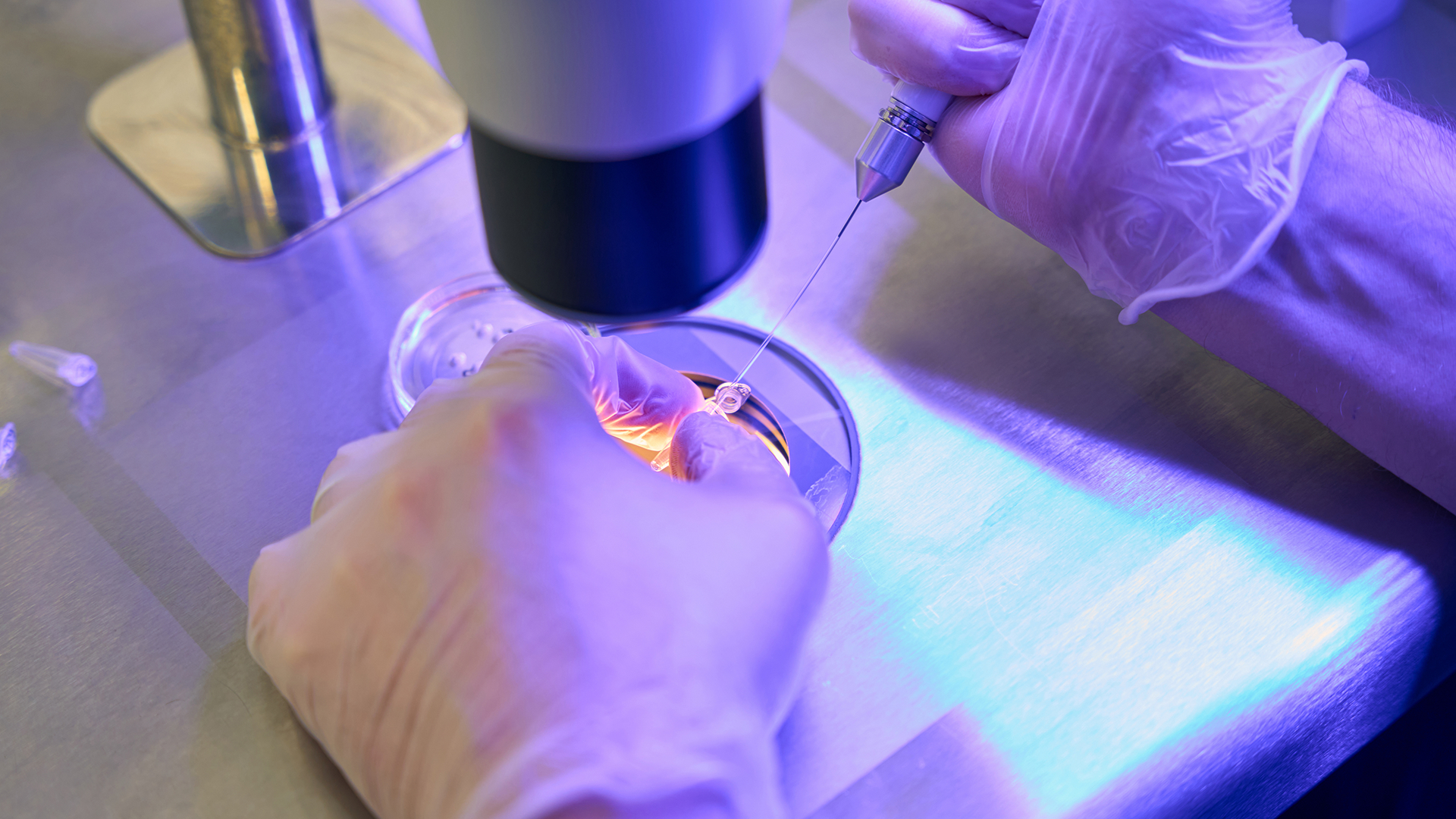While the news is unsettling, pioneering early-stage cancer treatments like robotic- or video-assisted thoracoscopic surgery offer patients greater hope and a more effective approach to managing their condition, significantly improving the quality of life for patients during and after the intervention.
Squamous cell carcinoma, a lung disease, arises from changes in the flat, thin cells lining the airways. The primary cause of these changes is exposure to tobacco smoke, which contains numerous harmful substances and carcinogens. However, smoking is no longer the only factor as cancer rates among never-smokers, women of Asian descent, and younger populations are on the rise. Typically, squamous lung tumours develop in the central regions of the lung or the main air passages.
Changes in Squamous Cells
Knowing exactly what kind of lung cancer you have is key to survival rates. It helps surgeons choose the best treatment for you with fewer unpleasant side effects.
The squamous cells affected by carcinoma undergo specific changes, such as keratinisation and the formation of intercellular bridges. They also frequently exhibit a high mutation rate. Keratinisation is the process by which cells develop a protective layer of keratin. Intercellular bridges, visible under a microscope, are unique connections between these cells.

Together with a high rate of DNA mutations, these characteristics suggest abnormal growth leading to tumour formation, highlighting the potential for cancer development from these cellular changes.
Among non-small cell lung cancers (NSCLCs), squamous cell carcinoma is only bested by the most common subtype, adenocarcinoma. Targeted treatments have helped patients with specific genetic changes live longer, but resistance to these treatments can lead to the cancer growing again. Also, not all genetic changes in NSCLC can be targeted by current therapies.
Research is ongoing to find new treatments to address these issues, but our best weapon in the fight against cancer is still early lung screenings. Low-dose CT scans can show signs of tumour cavities, possibly filled with gas or fluid; lung nodules; a significant mass; an expanded mediastinum; collapsed lung sections; enlarged lung roots; and pleural effusion.
Accurately Diagnose Squamous Lung Carcinoma
Tumours are not always uniform. Within the same tumour, cells can vary in appearance and structure.
A sample of the abnormal lung tissue is resected during a biopsy to diagnose squamous cell lung carcinomas. Specific alterations must be observed in a minimum of 10% of the tumour sample. These are changes in the appearance and structure of the cells within the tissue sample compared to healthy cells. These alterations are characteristic and help distinguish them from other types of lung cancer.
Surgeons take a small tissue sample from a specific area within the suspected tumour mass. Because different lung cancers can share overlapping features, it’s essential to obtain a significant portion of the tumour to help differentiate it from other types of NSCLC.
Techniques that stain cancer cells to identify unique markers are crucial for distinguishing this cancer type. Squamous cell lung carcinoma is characterised by elevated levels of specific proteins, which aid in its identification.

If lung cancer is suspected after regular check-ups or chest X-rays, our surgeons at Neumark Lung & Chest Surgery Centre suggest low-dose CT scans for further investigation, especially for squamous cell carcinoma, if the tumour is sufficiently large. Indicative signs of this cancer include cavities within the tumour, possibly filled with gas or fluid; lung nodules; a significant mass; an expanded mediastinum; collapsed lung sections; enlarged lung roots; and pleural effusion.
When lung cancer is suspected, our surgeons will conduct thorough assessments based on the cancer’s spread. If lung cancer seems likely, the initial step often involves staging to understand the cancer’s extent. This process might prioritise identifying areas that are easier to biopsy, confirming the diagnosis, and determining the cancer stage. This strategic approach allows for a more accurate understanding of the condition, facilitating tailored lung cancer treatment plans.
Poorly differentiated squamous cell carcinoma is a severe form of cancer in which the cells appear very different from normal squamous cells under a microscope. This difference means the cancer cells have changed and are likely to grow and spread faster than well-differentiated cancer cells, which look more like normal cells. This aggressive subtype poses significant challenges for treatment due to its rapid growth and potential for widespread spread.
Minimally Invasive Treatments Benefiting Patients
The cancer stage determines the treatment for lung squamous cell carcinoma. For early-stage, localised lung cancer, surgery is commonly the first choice.
Patients with early-stage squamous cell carcinoma (Stages I–II), lung cancer diagnoses are treated by surgical resection with lobectomy and mediastinal lymph node dissection. In the past few years, lung-sparing surgeries have been increasingly performed. Sublobar resections, such as segmentectomy, are offered to patients with small tumours less than 2 cm or with borderline pulmonary function.

Technological advancements have led to the development of minimally invasive robotic-assisted surgery and video-assisted thoracoscopic surgery (VATS) for patients with early-stage squamous cell carcinoma lung cancer treatment.
Both surgical interventions use small incisions in the chest wall, leading to less pain and faster recovery times compared to a thoracotomy. They also use enhanced visualisation to enable more precise tumour removal. During surgery, our surgeon will remove the tumour and a margin of healthy tissue surrounding it. This ensures the complete removal of cancerous cells and reduces the risk of recurrence.
The type of resection used depends on the tumour’s size and location. In some cases, a lobectomy, which involves removing an entire lobe of the lung, might be necessary. However, a wedge resection might be sufficient for smaller tumours, removing a smaller wedge-shaped portion of lung tissue.
If your doctor suspects you may have squamous cell carcinoma or has recently diagnosed you, contact us to schedule a consultation with Neumark Lung Cancer Treatment Centre’s thoracic surgeons.

